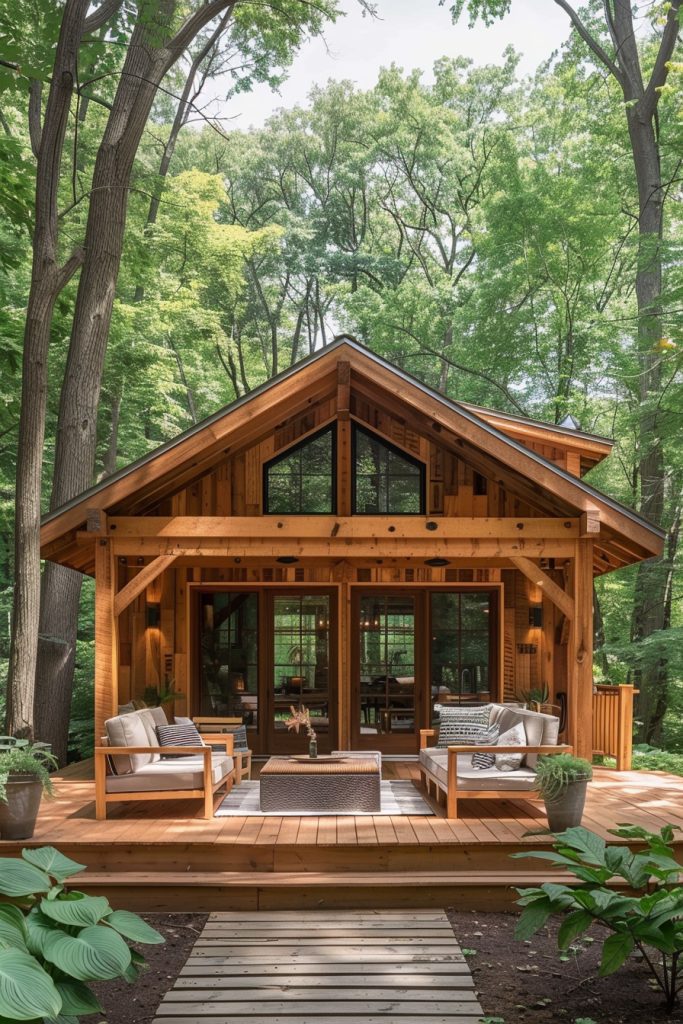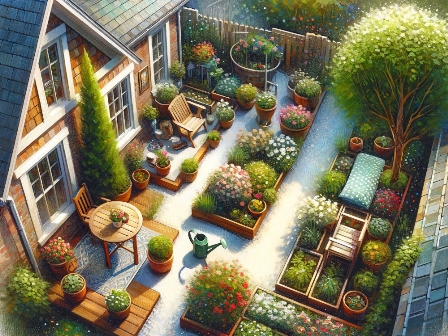Introduction
In the ever-evolving world of travel and accommodation, a new trend has been steadily gaining popularity: the “Barnotel.” This innovative concept combines the rustic charm of a traditional barn with the modern amenities of a boutique hotel, offering travelers a unique and memorable experience. Whether nestled in the countryside or situated on the outskirts of bustling cities, Barnotels are redefining the way people think about rural retreats. In this article, we’ll explore the origins of the Barnotel, its appeal to travelers, and the factors contributing to its growing success.
Origins of the Barnotel Concept
The Barnotel concept is rooted in the growing trend of repurposing historic or underutilized buildings into functional and aesthetically pleasing spaces. What began as a way to preserve the character and history of old barns has evolved into a niche market for travelers seeking an escape from the mundane. These structures, often rich in history and architectural detail, are transformed into stylish accommodations that retain the essence of their original purpose while offering all the comforts of modern living.
The concept has its origins in rural regions where barns were once essential to agricultural life. As farming practices modernized, many of these barns fell into disuse, left to deteriorate over time. Visionary hoteliers and developers saw an opportunity to breathe new life into these buildings by converting them into boutique hotels, thus creating the Barnotel. This approach not only preserves the cultural heritage of rural areas but also supports sustainable tourism by minimizing new construction.
The Appeal of the Barnotel Experience
The Barnotel experience offers a unique blend of nostalgia and luxury, making it an attractive option for a wide range of travelers. From city dwellers seeking a peaceful retreat to history buffs interested in the stories behind these converted structures, Barnotels cater to a diverse audience. Here are some of the key factors that make Barnotels so appealing:
1. Authenticity and Character
Barnotels retain much of the original architecture and materials of the barns they once were, including exposed wooden beams, stone walls, and large, open spaces. This authenticity gives guests a sense of stepping back in time while still enjoying the comforts of modern living. Each Barnotel has its own unique character, reflecting the history and style of the region in which it is located.
2. Aesthetic Appeal
The rustic aesthetic of Barnotels is one of their most attractive features. The combination of natural materials, vintage decor, and contemporary design elements creates a warm and inviting atmosphere that appeals to travelers looking for a cozy and stylish getaway. The integration of outdoor spaces, such as gardens or patios, further enhances the overall experience, allowing guests to connect with nature in a serene environment.
3. Personalized Service
Many Barnotels are independently owned and operated, allowing for a more personalized level of service. Guests can expect a warm welcome, attention to detail, and often, a more intimate setting compared to larger hotel chains. This personalized approach adds to the overall charm of the Barnotel experience, making guests feel like they are staying in a home away from home.
4. Sustainability
The adaptive reuse of old barns into Barnotels is an environmentally friendly practice that contributes to the sustainability of the hospitality industry. By repurposing existing structures, Barnotels reduce the need for new construction and the associated environmental impact. Additionally, many Barnotels incorporate eco-friendly practices such as energy-efficient lighting, water conservation, and the use of locally sourced materials.
Key Features of a Barnotel
While each Barnotel is unique, there are several common features that guests can expect when staying at one of these distinctive accommodations:
1. Spacious Accommodations
Barnotels often feature large, open-plan rooms with high ceilings and expansive windows that allow natural light to flood the space. The layout is typically more fluid and less segmented than traditional hotel rooms, offering a more relaxed and comfortable environment.
2. Rustic Decor with Modern Amenities
The interior design of a Barnotel usually incorporates rustic elements such as reclaimed wood, antique furnishings, and natural textiles, all of which are complemented by modern amenities like high-speed internet, flat-screen TVs, and luxurious bedding. This combination of old and new creates a unique ambiance that appeals to guests seeking both comfort and character.
3. Outdoor Spaces
Given their rural origins, Barnotels often include outdoor spaces such as gardens, patios, or even small farms. These areas provide guests with the opportunity to enjoy fresh air and scenic views, adding to the overall sense of tranquility and relaxation.
4. Gourmet Dining
Many Barnotels boast on-site restaurants that focus on farm-to-table cuisine, using fresh, locally sourced ingredients to create delicious and sustainable meals. This emphasis on local food not only supports the surrounding community but also enhances the guest experience by offering a true taste of the region.
The Rise of Barnotels Around the World
The Barnotel trend has spread far beyond its origins, with properties now found in various countries around the world. In the United States, Barnotels have become popular in regions like the Hudson Valley, Napa Valley, and the Midwest, where historic barns are plentiful. In Europe, countries like the United Kingdom, France, and Italy have embraced the concept, offering travelers a chance to stay in charming, centuries-old structures that have been lovingly restored.
In addition to rural areas, Barnotels are also making their way into more urban settings. Cities with a strong focus on preserving historical architecture, such as Portland, Oregon, and Edinburgh, Scotland, have seen a rise in Barnotel-style accommodations. These urban Barnotels provide a unique alternative to traditional city hotels, offering guests a taste of rustic charm within a bustling metropolis.
Challenges and Considerations
While the Barnotel concept has many advantages, it also comes with its own set of challenges. Converting a barn into a hotel requires significant investment and careful planning to ensure that the building meets modern safety and accessibility standards. Additionally, maintaining the balance between preserving the building’s historical integrity and incorporating contemporary amenities can be a delicate process.
Moreover, Barnotels are often located in rural or remote areas, which can pose logistical challenges for both guests and operators. Access to transportation, utilities, and services may be limited, requiring creative solutions and careful management. However, for many travelers, the seclusion and tranquility of these locations are part of the appeal.
Conclusion
The Barnotel is a testament to the creativity and adaptability of the hospitality industry. By blending the rustic charm of historic barns with the comforts and conveniences of modern living, Barnotels offer a unique and memorable experience for travelers seeking something different. As the trend continues to grow, Barnotels are likely to become a staple of the boutique hotel market, providing guests with the perfect blend of nostalgia, luxury, and sustainability. Whether you’re looking for a peaceful countryside retreat or a unique urban escape, the Barnotel promises an experience like no other.



